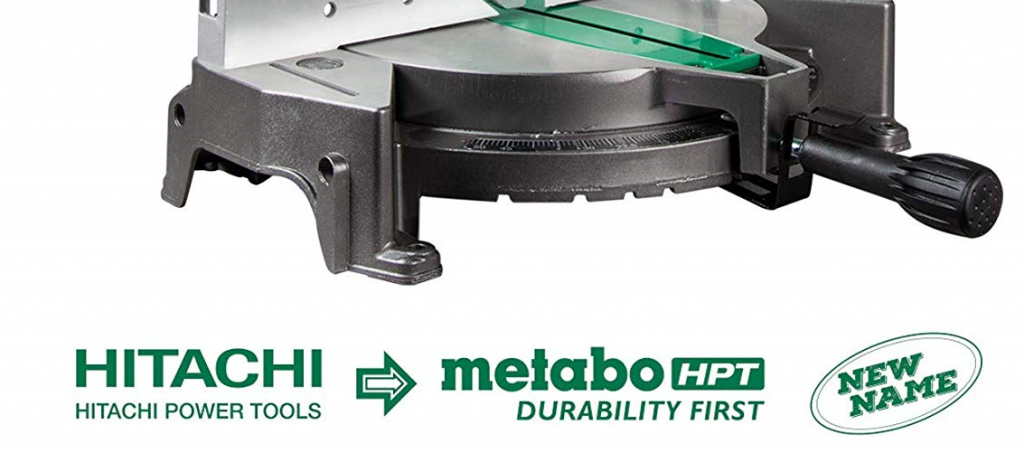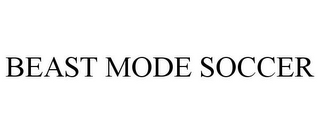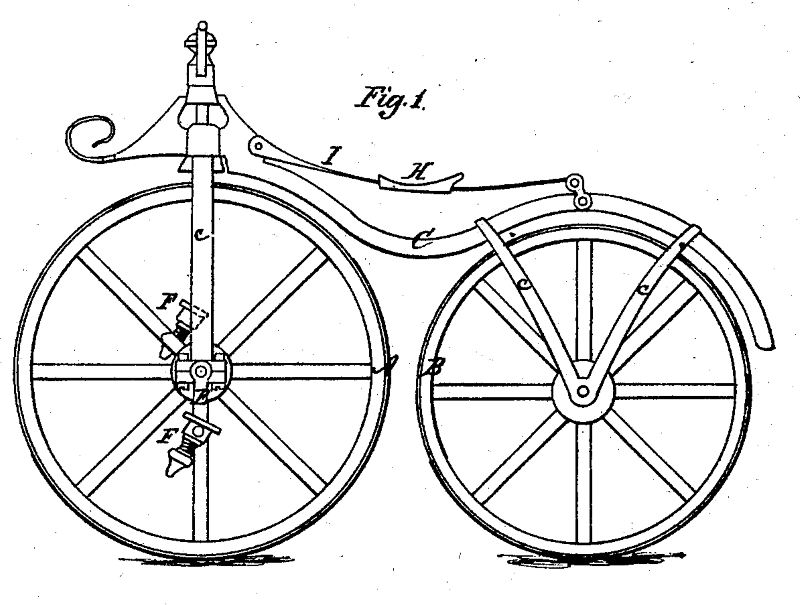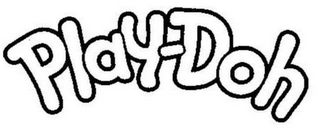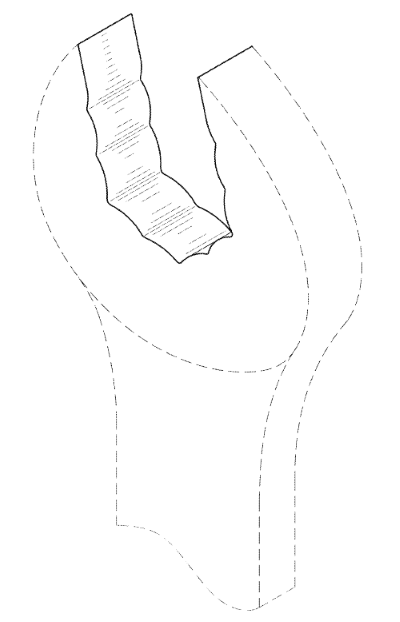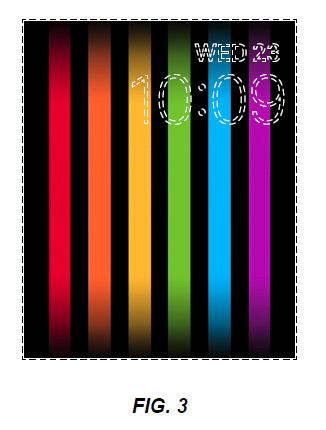The trademark office (USPTO) will review a trademark application to determine whether the mark in that application is likely to cause confusion with another registered mark. And, if so, it will refuse registration of the application.
In particular, the relevant statute provides that an applied-for mark will be refused registration when it “consists of or comprises a mark which so resembles a mark registered in the Patent and Trademark Office… as to be likely, when used on or in connection with the goods of the applicant, to cause confusion, or to cause mistake, or to deceive.” 15 U.S.C. §1052(d).
The USPTO uses the factors provided in In re E. I. Du Pont de Nemours & Co., 476 F.2d 1357, 1361 (C.C.P.A. 1973) to evaluate whether there is a likelihood of confusion, which are:
(1) The similarity or dissimilarity of the marks in their entireties as to appearance, sound, connotation and commercial impression.
(2) The similarity or dissimilarity and nature of the goods or services as described in an application or registration or in connection with which a prior mark is in use.
(3) The similarity or dissimilarity of established, likely-to-continue trade channels.
(4) The conditions under which and buyers to whom sales are made, i.e. “impulse” vs. careful, sophisticated purchasing.
(5) The fame of the prior mark (sales, advertising, length of use).
(6) The number and nature of similar marks in use on similar goods.
(7) The nature and extent of any actual confusion.
(8) The length of time during and conditions under which there has been concurrent use without evidence of actual confusion.
(9) The variety of goods on which a mark is or is not used (house mark, “family” mark, product mark).
(10) The market interface between applicant and the owner of a prior mark:
(a) a mere “consent” to register or use.
(b) agreement provisions designed to preclude confusion, i.e. limitations on continued use of the marks by each party.
(c) assignment of mark, application, registration and good will of the related business.
(d) laches and estoppel attributable to owner of prior mark and indicative of lack of confusion.
(11) The extent to which applicant has a right to exclude others from use of its mark on its goods.
(12) The extent of potential confusion, i.e., whether de minimis or substantial.
(13) Any other established fact probative of the effect of use.”
The weight given to these factors may vary in individual cases and all factors may not be relevant in every case. The USPTO sees the first and second factors as key when evaluating a trademark application, i.e. the similarities between the marks and the similarities between the goods.
Citations: In re E. I. Du Pont de Nemours & Co., 476 F.2d 1357, 1361 (C.C.P.A. 1973); TMEP 1207.01; 15 U.S.C.S §1052(d); In re Thor Tech, Inc., 113 USPQ2d 1546 (TTAB 2015).

